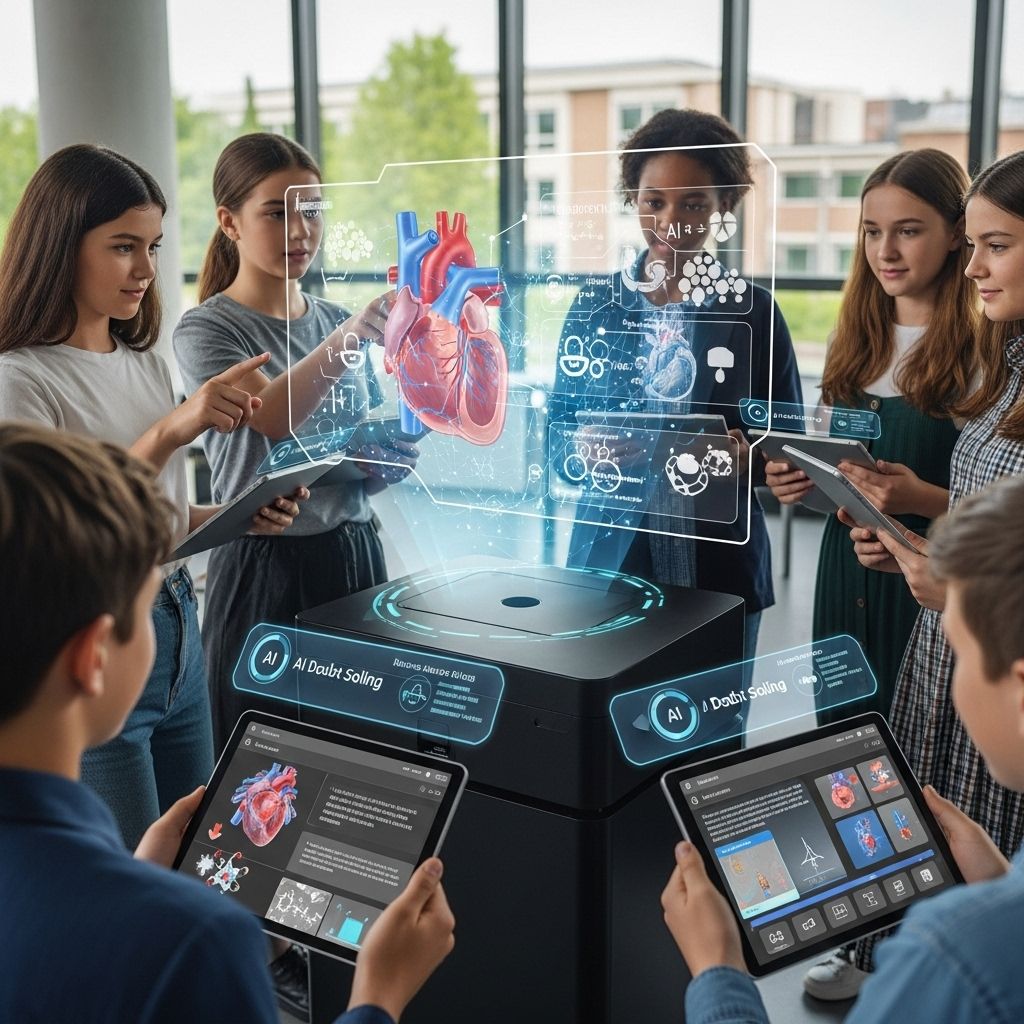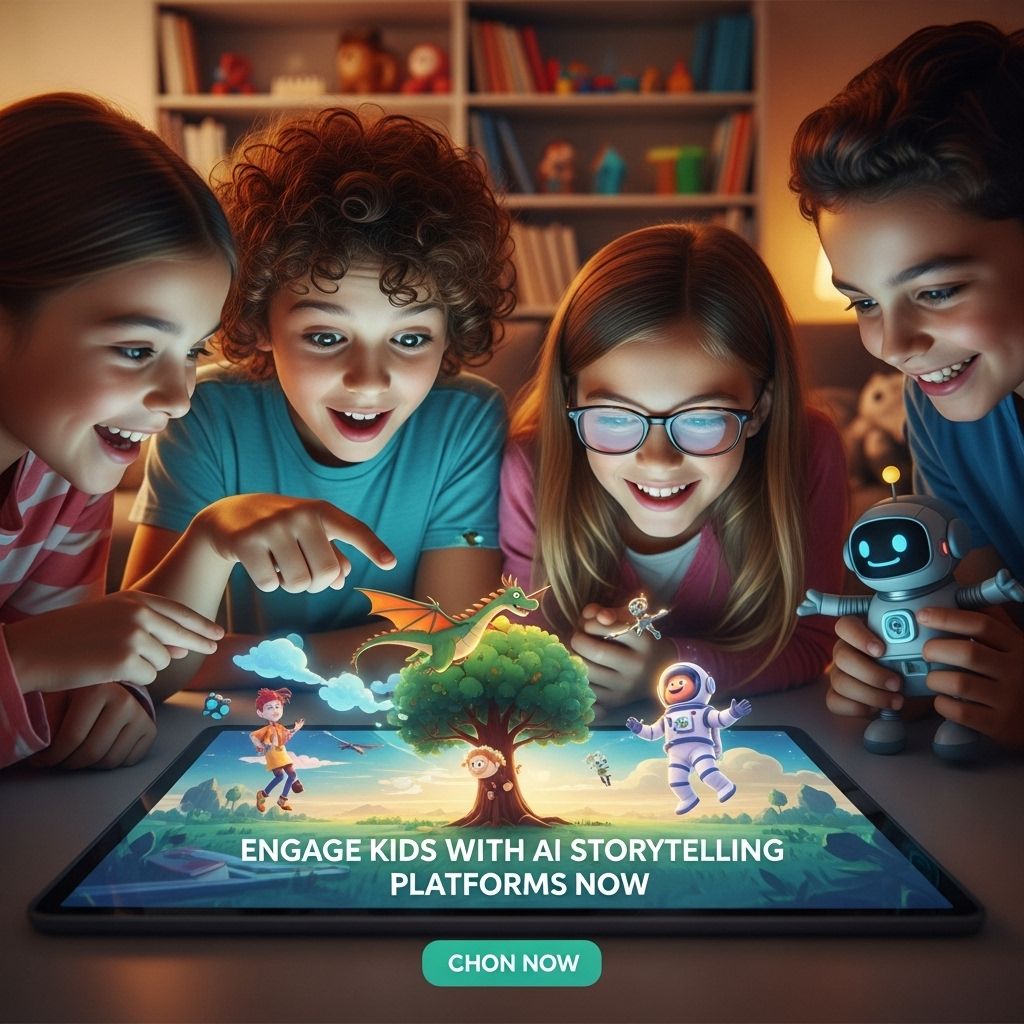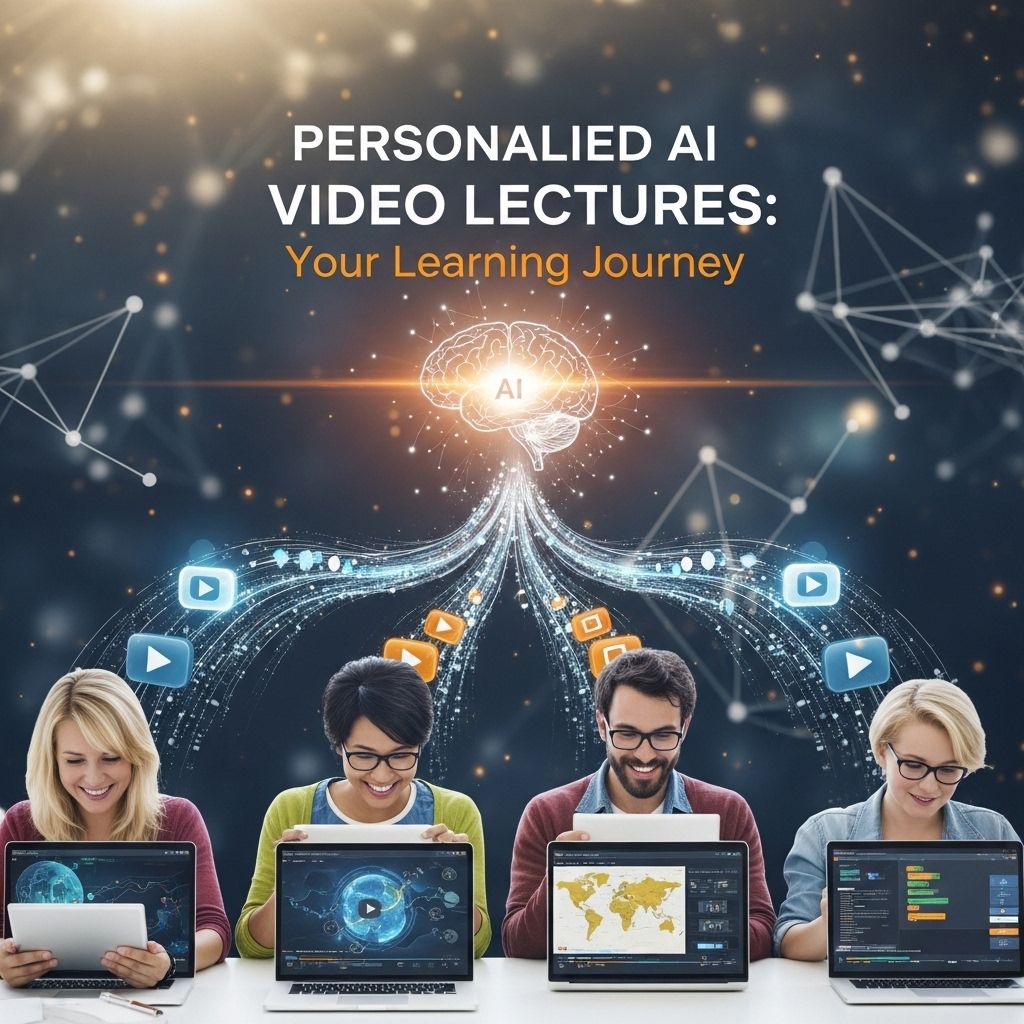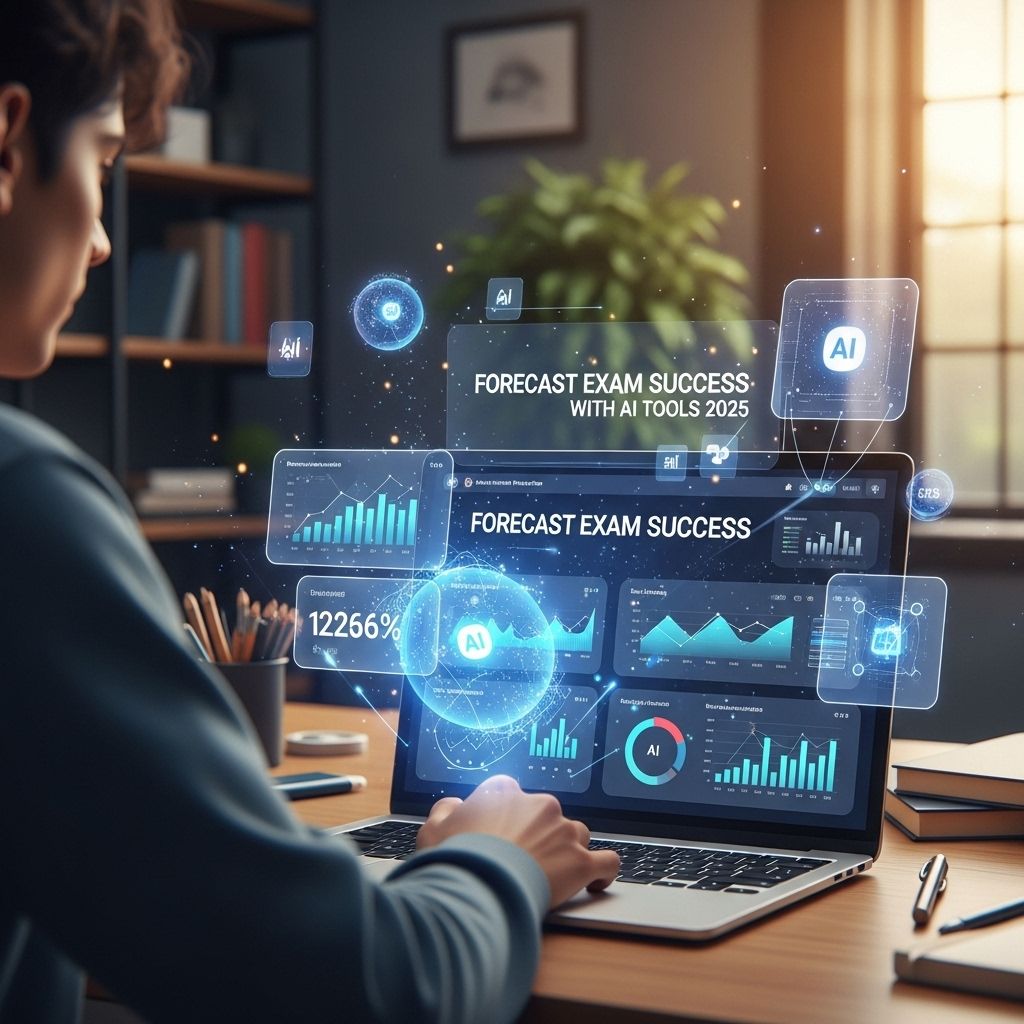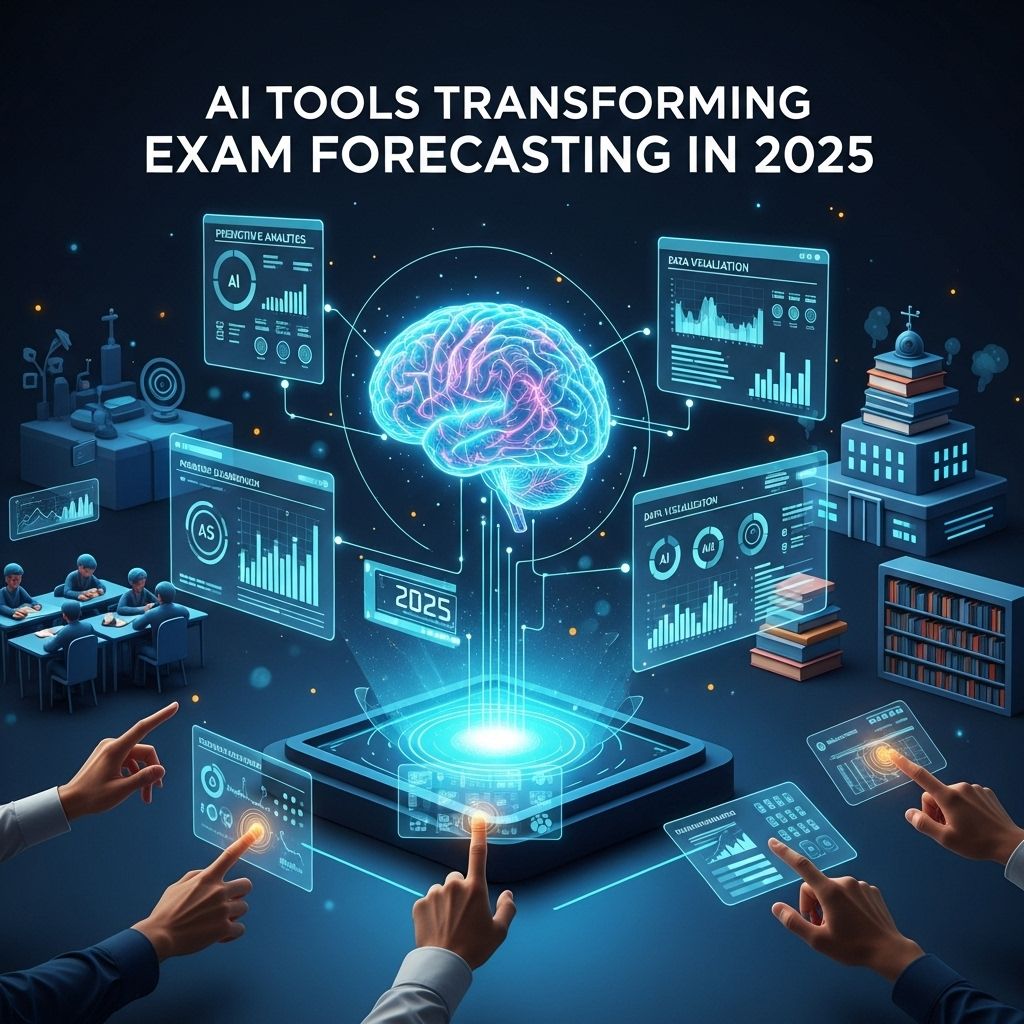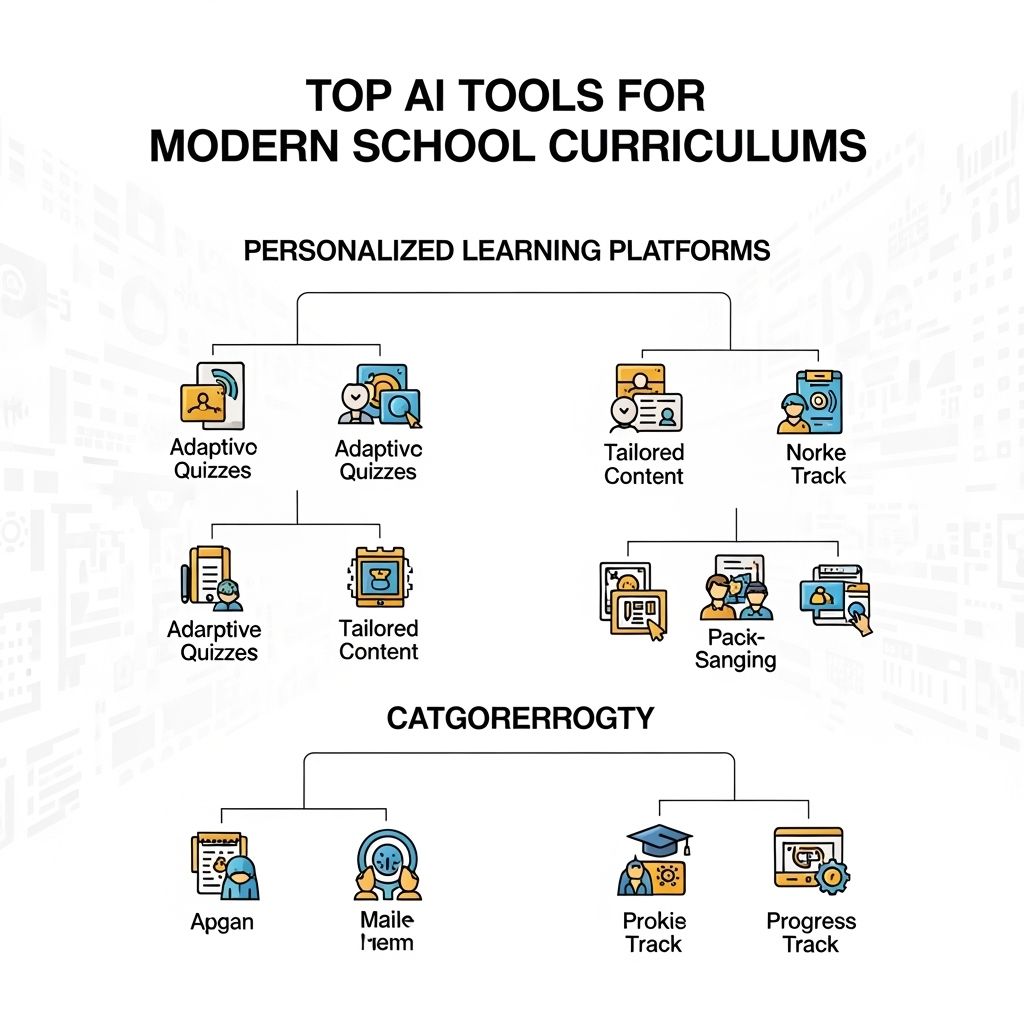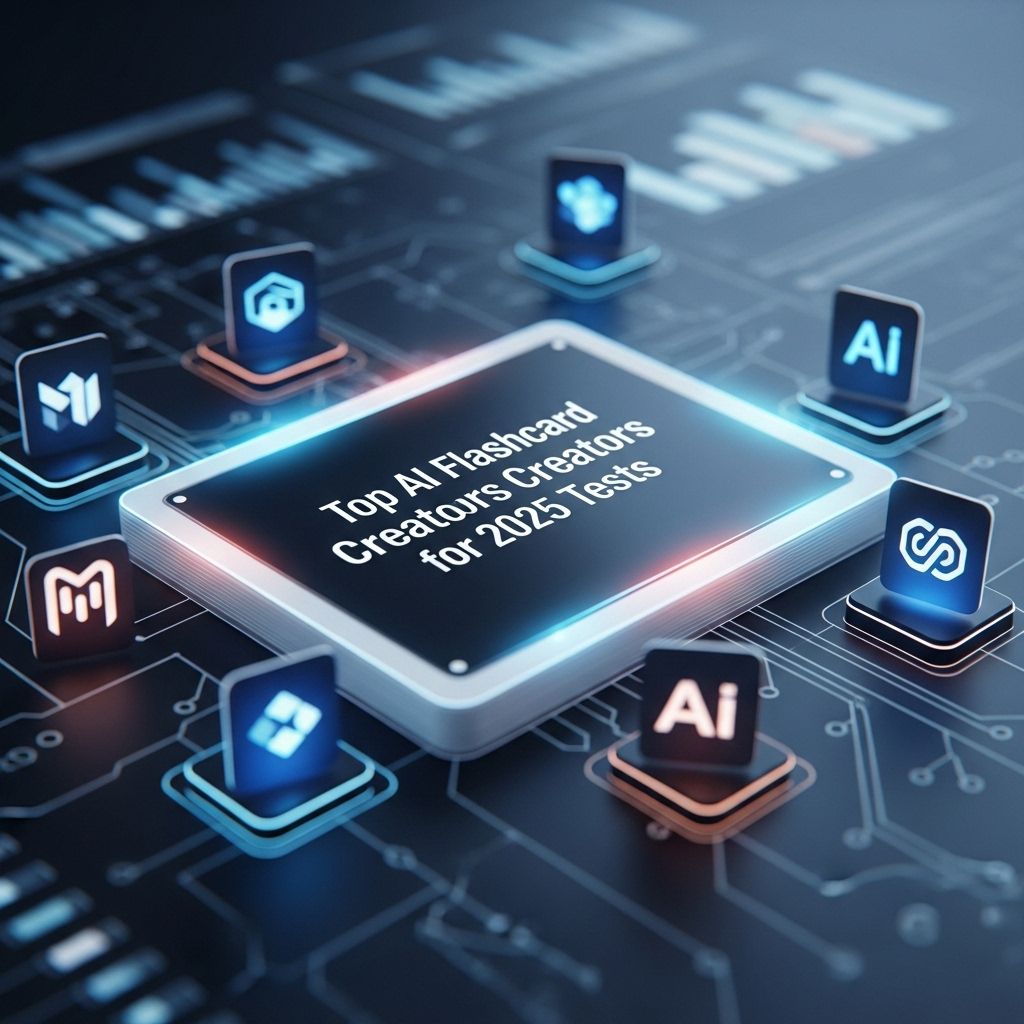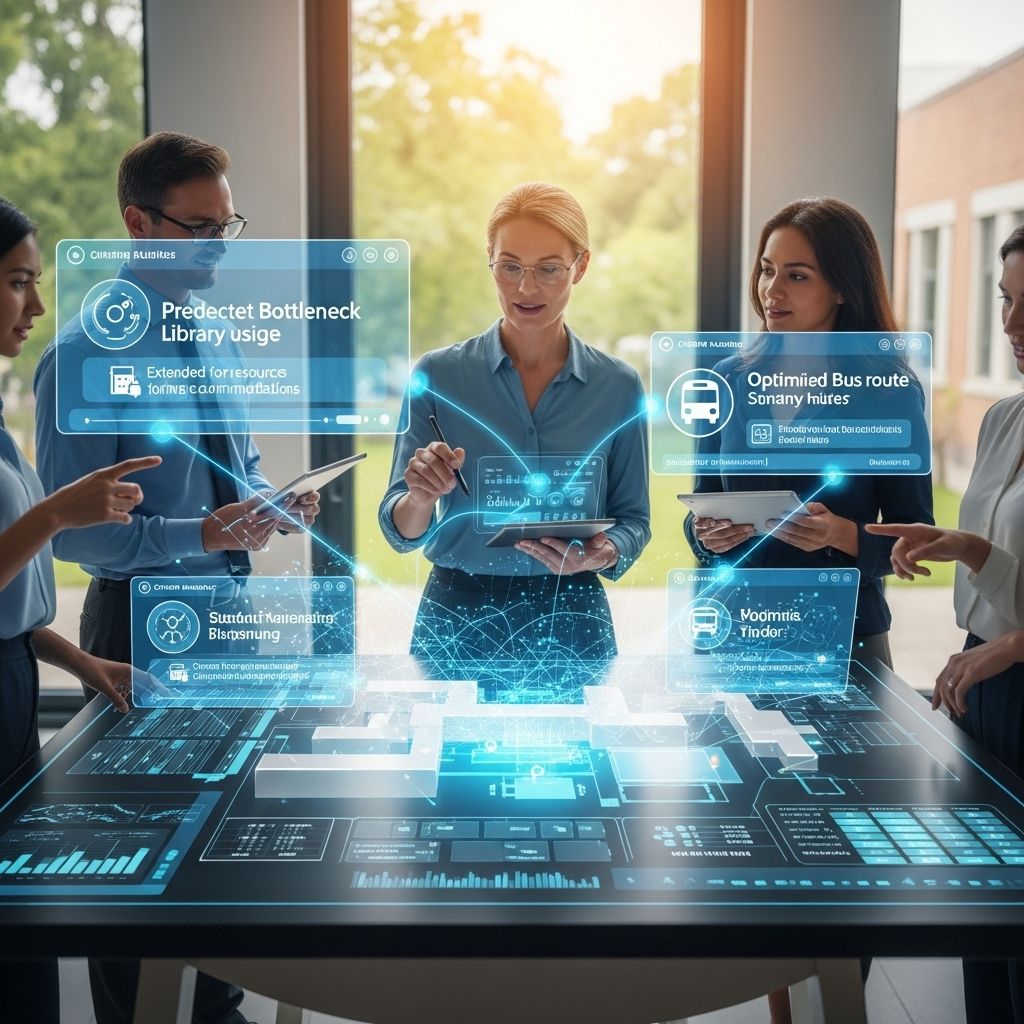Unlocking AI Microlearning: A Busy Professional’s Guide
Discover how busy professionals can leverage AI microlearning to enhance skills and boost productivity in just minutes a day.

In today’s fast-paced world, busy professionals often find it challenging to allocate time for continuous learning and skill enhancement. Traditional learning methods, while effective, can be time-consuming and may not fit into the demanding schedules of working individuals. Enter AI microlearning: a new frontier that harnesses the power of artificial intelligence to deliver bite-sized, personalized learning experiences that can be easily integrated into the daily routine of any professional.
Table of Contents
Understanding AI Microlearning
AI microlearning leverages artificial intelligence to create short, focused learning sessions tailored to individual needs and preferences. This approach not only reduces the time required for learning but also enhances retention and engagement. Here are some key characteristics:
- Short Learning Segments: Lessons are typically under 10 minutes.
- Personalized Content: AI analyzes user data to tailor learning materials.
- Accessible Anytime, Anywhere: Learning can occur on various devices, at any location.
The Importance of Microlearning for Professionals
For busy professionals, microlearning provides a viable solution to stay updated with industry trends and enhance their skill sets without overwhelming their schedules. Here’s why it’s crucial:
- Time Efficiency: Professionals can learn in short bursts, fitting education into short breaks or commutes.
- Increased Retention: Research shows that smaller chunks of information are easier for the brain to process and recall.
- Adaptability: Content can be adjusted based on changing job requirements or personal goals.
How AI Enhances the Microlearning Experience
The integration of AI technologies into microlearning platforms offers several advantages:
1. Personalization
AI systems can analyze learners’ preferences, past performances, and skill levels to provide customized content.
2. Real-Time Feedback
AI can assess a learner’s performance in real-time, adjusting the difficulty level of content as needed.
3. Predictive Analytics
AI can predict which skills will be in demand in the future, allowing learners to focus on areas that will enhance their career prospects.
4. Enhanced Engagement
Gamified elements driven by AI can make learning more engaging and enjoyable, motivating professionals to participate actively.
Implementing AI Microlearning in Your Routine
To successfully incorporate AI microlearning into your busy schedule, consider the following steps:
Step 1: Identify Your Learning Goals
Determine which skills you want to develop or enhance. Be specific about your objectives.
Step 2: Choose the Right Platform
Select an AI microlearning platform that aligns with your learning goals. Here are a few popular options:
| Platform | Features | Price |
|---|---|---|
| LearnSmart | Personalized learning paths, gamification | Free & Premium options |
| EdApp | Mobile-first, multilingual support | Free |
| Axonify | Real-time feedback, analytics | Custom pricing |
Step 3: Allocate Time for Learning
Even short learning sessions require dedicated time. Schedule these sessions in your calendar, similar to meetings.
Step 4: Measure Your Progress
Regularly assess your learning to ensure you’re meeting your goals. Adjust your learning plan as necessary based on this evaluation.
Challenges of AI Microlearning
While AI microlearning offers numerous benefits, it’s essential to acknowledge its potential challenges:
- Over-Reliance on Technology: Dependence on AI tools may hinder critical thinking and problem-solving skills.
- Content Quality: Not all AI-generated content is high quality. It’s vital to vet resources for reliability.
- Data Privacy: The use of personal data raises concerns regarding privacy and security.
The Future of Learning with AI Microlearning
The landscape of professional development is evolving rapidly. As organizations increasingly adopt AI microlearning strategies, the future looks promising. Here are some upcoming trends to watch:
1. Integration with Augmented and Virtual Reality
Immersive learning experiences powered by AR and VR will provide even more engaging and effective training opportunities.
2. Collaborative Learning Environments
AI will facilitate collaborative platforms where professionals can learn together, share insights, and solve problems collectively.
3. Continuous Learning Cultures
Organizations will foster a culture of continuous learning, encouraging employees to engage in microlearning consistently.
Conclusion
AI microlearning represents a transformative approach to professional development, breaking down barriers that often prevent busy professionals from pursuing ongoing education. By embracing AI tools and microlearning strategies, individuals can enhance their skills, stay relevant in their fields, and ultimately drive their careers forward. The future of learning is not just about acquiring knowledge but about doing so in a way that fits seamlessly into our lives.
FAQ
What is AI microlearning?
AI microlearning is a training approach that utilizes artificial intelligence to deliver bite-sized learning modules, enabling busy professionals to quickly acquire skills and knowledge on-the-go.
How can AI microlearning benefit busy professionals?
AI microlearning helps busy professionals by providing flexible, personalized learning experiences that fit into their schedules, allowing them to learn efficiently without overwhelming their time.
What types of content can be included in AI microlearning?
AI microlearning can include a variety of content types such as short videos, quizzes, infographics, and interactive scenarios designed to enhance engagement and retention.
Is AI microlearning suitable for all industries?
Yes, AI microlearning is versatile and can be tailored to suit various industries, making it an effective training solution for professionals across different fields.
How does AI personalize the microlearning experience?
AI personalizes the microlearning experience by analyzing user data and preferences to recommend relevant content, ensuring that learners receive information that is most beneficial to their needs.
What tools are commonly used for AI microlearning?
Common tools for AI microlearning include learning management systems (LMS), mobile apps, and platforms that leverage machine learning algorithms to create adaptive learning paths.

